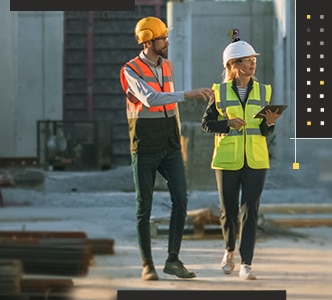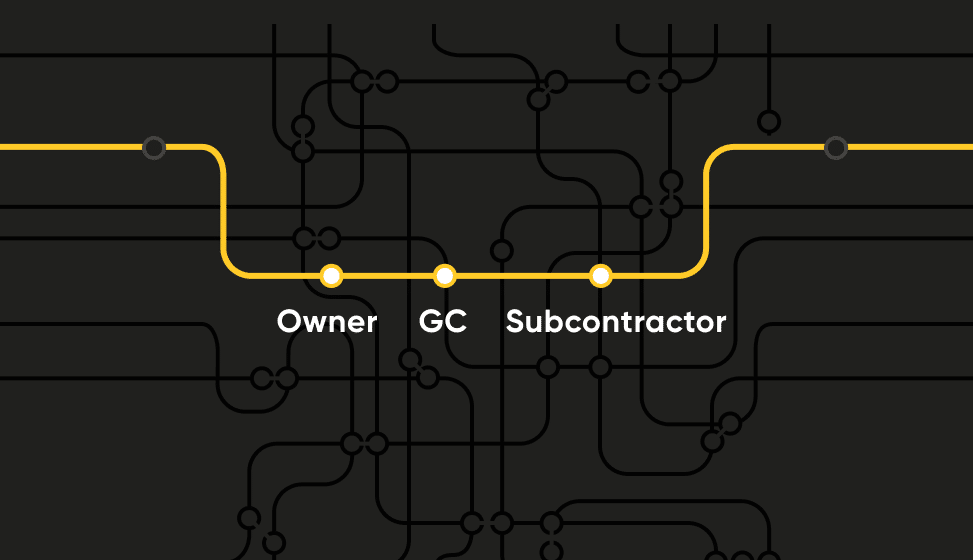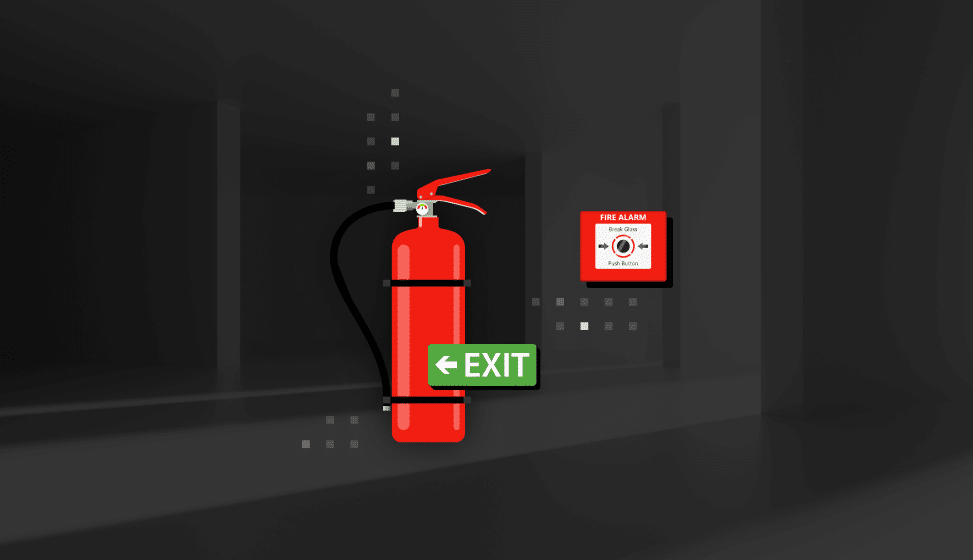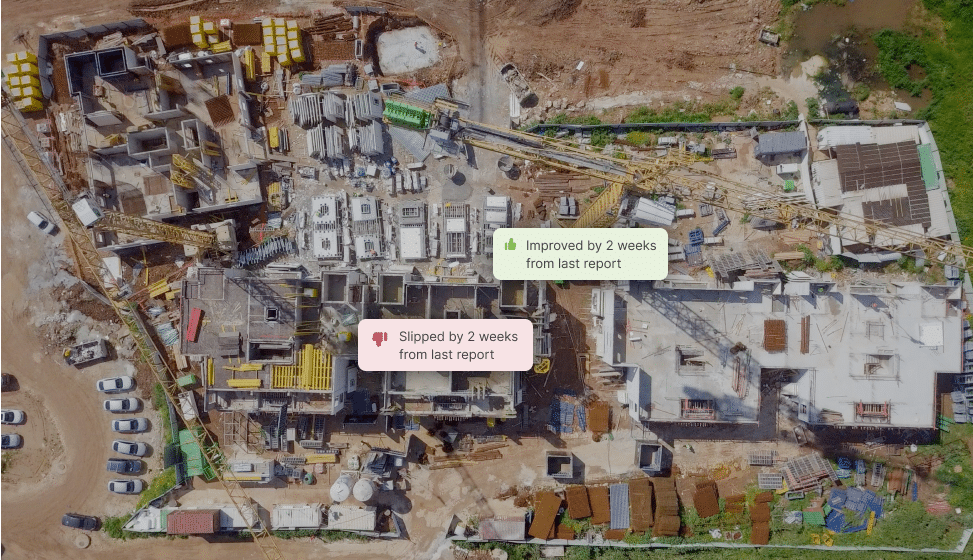CONNECTED CONSTRUCTION How Data Can Facilitate Healthy Relationships On A Construction Site

Relationships on construction sites have always been tricky; with an infinite number of moving parts, there's always something to disagree on. But the reality is this misalignment is one of the biggest productivity killers on a construction site, affecting stakeholders' bottom lines.
There have been various attempts to tackle this challenge through the implementation of the Last Planner System and other lean construction methodologies. Some have shown great results, with subcontractors reported to reduce their fees once the work becomes more efficient. But the extent of those initiatives is limited. The main reason is the complexity of implementing the solutions and the need for all stakeholders to be involved.
So what can be done? In this article, we take a look at some of the issues that arise on a construction site because of the disconnect between general contractors and subcontractors as well as the opportunities available that can help remove the disconnection by increasing transparency and improving collaboration.
We're All Working Towards The Same Goal
When a project starts, there is a clear plan that everyone is committed to. If everything goes according to that plan, everyone will be able to work efficiently, and the project will maintain a healthy bottom line.
But in reality, things don’t always go to plan. One subcontractor is delayed affecting the next, materials are not ordered on time, there’s a procurement delay, a payment dispute affects the schedule and the list goes on and on.
The real problems arise because there are multiple perspectives on where the project stands. Each project stakeholder will likely describe the status a little differently, citing different reasons why the project is running behind, making the actual status difficult to establish. It leads to decision-making based on various sources of the truth, causing conflicts and mistrust between teams.
Imagine sitting in a weekly site meeting with the site team; you hear the drywall subcontractor say that work will be completed by Wednesday, and as the painter, you are due to go into the apartments next. But your instincts immediately tell you, “he'll never finish on time; he has no idea how much work has piled up in the last few days”, so you don't even plan to bring the extra workforce onto the project before next week. You might be wrong and have accidentally created an unnecessary pause in the process, but you may be more right than you think, and the 6-person team you'd bring in on Monday would only start on Tuesday, losing a whole day of pay for those labourers.
Then there are even simpler things that become a point of conflict, like paying subcontractors precisely what they are owed at the end of each month. Since the contractor cannot be 100% sure how much work was performed, they will try to pay on the lower end to minimise risk, while the subcontractor quickly understands they need to overclaim for work to move the risk back to the contractor. The friction caused by this undermines the relationships and causes constant tension throughout the project's lifecycle.
Changes to the design also cause a big issue. On a busy site, dealing with these variations often happens long after the work has been completed. Then there's a struggle to understand what happened, how much rework was involved, and who should be reimbursed. Without accurate records of the project's progress at each point in time, and the visuals to match, it's hard to reach a mutual agreement and move forward.
If you look at all these examples and analyse their root cause, they all come down to the same fact – that we are missing a clear & objective understanding of the project status, as reflected by all parties involved. Today's attempt to manually collect data into excel sheets and reports is not proving effective, as the data is outdated, missing critical details, and full of subjectivity.
Disconnected vs Connected
Changing the way we track progress on-site, from manual methods to automated processes can remove subjectivity as well as save hours of time. New technologies are providing easier and quicker ways to gather and analyse data, so everything is up-to-date and in one place. At Buildots, we give customers wearable 360-degree cameras that automatically capture every element. Using Al and machine learning, the data is analysed against the original design models (BIM) and schedules. It provides an accurate, objective status for progress tracking, giving construction companies complete visibility and control.

The increased transparency on-site not only solves disagreements more easily but improves relationships and builds trust. It allows general contractors and subcontractors to focus on getting work done and not spending time on bureaucracy. On one project, our customer was automatically alerted that the window installations were running behind schedule and brought this to the attention of the subcontractor. The foreman took corrective action, increasing labour and run rate, and they were able to finish weeks ahead of schedule. With watertight secured, a critical milestone, the fit-out could take place. Understanding exactly where the problems were, both parties could work out how to move forward and enjoy success together.
“Buildots cut out the human error and immediately showed which rooms were checked. We could also use the data in discussions with trades. When the trades were made aware that they were behind using the data, they increased labour and the volume of work, and were actually working faster than planned.”
Chris Brotherhood, EcoWorld.
When it comes to avoiding disputes, having access to accurate data is invaluable and can save a lot of time. For example, one of our customers was dealing with a dispute following a design change for a kitchen installation. The subcontractor was requesting reimbursement for the rework involved. They claimed they had already visited the site several times to install pipework before the changes. Instead of having to work their way through written reports, schedules and files, the commercial stakeholder from the contractor's team was able to go into the Buildots dashboard, look up the period of work and review the data. The information provided by the AI analysis showed exactly what work had been done and was used to verify the amount of the reimbursement. Everybody was aligned and could get back to work.
Automating processes to get objective and visual data gives general contractors and subcontractors the transparency and understanding they need to build trust. AI analysis and progress tracking is helping to reduce manual work and align everybody with the same information. Everybody knows where they stand, which addresses the root cause of the problem.
Staying Connected
The complexity and challenges of project management are multifaceted, but good collaboration is the key. General contractors and subcontractors often have complex relationships, but when all parties are aligned, productivity improves, and profit margins are protected. This can happen when everyone has access to accurate and objective data.
Technology can help create that single source of truth for projects. While technology will never be the solution for all problems on construction sites, it can ensure everyone sees the same reality, creating a collaborative work environment and ensuring decisions take all factors into account.
Webinar
Embracing Digital Construction



